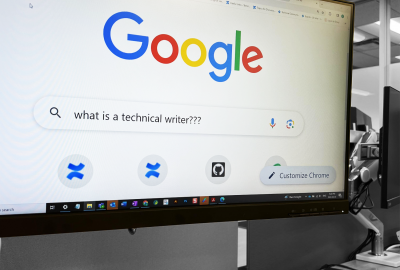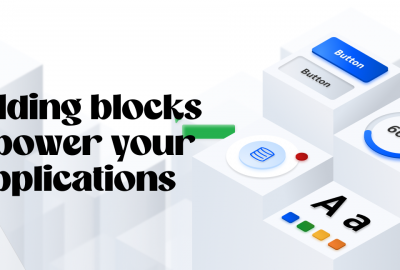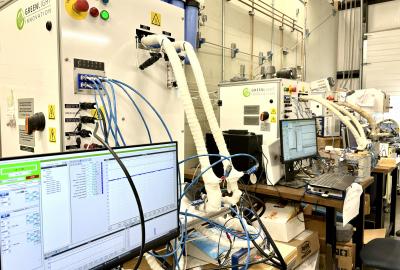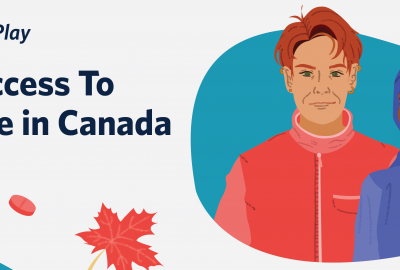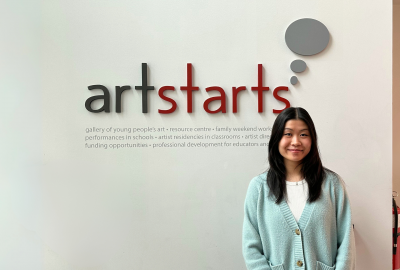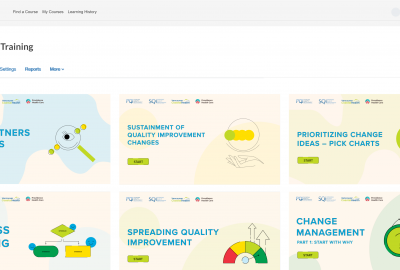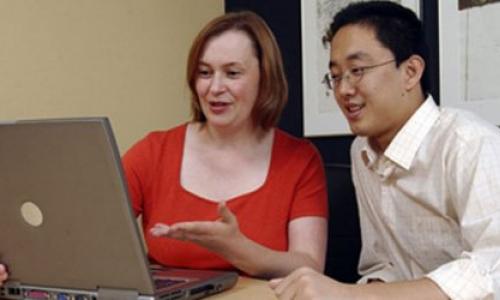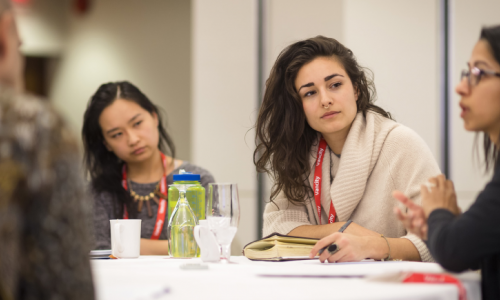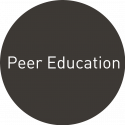
Most of us, at one point or another—whether at work, school, or with family and friends—have been in a situation where differences in values, motivations, perceptions, ideas, or desires have lead to disagreements. Often these disagreements work themselves out, but sometimes they can result in more severe conflicts or disputes.
It’s crucial to learn how to handle conflicts that arise, as mismanaged disputes can lead to damaged relationships. However, when handled appropriately and positively, conflicts can provide opportunities to strengthen relationships, facilitate personal growth, and foster productivity in the workplace.
Disputes and conflicts should be dealt sooner rather than later. Early intervention prevents relationships from being permanently damaged by addressing problems as they emerge, providing objectivity to an issue, deescalating tension, spurring problem-solving options, and negotiating solutions or compromises. While there are various theories and approaches out there when it comes to conflict resolution, Issue-Based Problem-Solving, initially developed at Harvard University, is the most widely used.
The next time you find yourself in a conflict situation, you might want to consider taking some pointers from the Issue-Based Problem-Solving method. Here’s what it looks like:
To Prepare: Request a meeting with all involved, outlining the purpose (reason for the meeting), time (suitable time for both parties), and place (convenient and private). Before the meeting, take time to consider the opposing viewpoint, as well as your own. Try and see the issue from the other party’s perspective. Then, take on this problem solving approach:
1. Exploring the issue(s).
-
Separate the person from the problem.
-
Focus on the problem itself and not solely on the individual.
-
Use concrete examples to describe the issue.
-
Take time to explore the problem and issue.
2. Understanding the various interests.
-
There’s a difference between an interest and a position (interests explain why someone cares about an issue).
-
Focus on understanding the competing interests, rather than positions.
-
The right solution will satisfy most interests.
3. Developing probable options.
-
Brainstorm.
-
Ask for ideas.
-
Merge similar options.
-
Don’t judge options, until all ideas are on the table.
4. Choosing a solution.
-
Measure and compare the options taking into consideration interests, resources, and saleability (who needs to buy in?).
5. Implementing the solution.
-
Prepare a plan for action, including checkpoints and individual responsibilities.
-
Consider feedback mechanisms (e.g. feedback boxes or performance appraisals).
6. Evaluating the outcome(s)
-
Try to evaluate or measure the success of the solution, making sure to address the following: components to be measured; individuals to be evaluated; potential remedies for problems that may arise.
Keep in mind to respect the opinions and views of others. Use active listening skills and ask open-ended questions to encourage conversation and discussion. Successful dispute resolution not only requires managing and dissipating of problematic issues, but also urges parties to establish positive post-conflict relationships.
Knowledge of dispute resolution methods can be a vital component in your arsenal of professional skills. The above method is not meant to be a comprehensive review of all theories and approaches in resolving problems and conflicts, but rather a simplified overview.
Dispute resolution is an emerging field, with numerous programs and classes offered at the undergraduate and graduate level. The method, tips, and suggestions in this post have been adapted from the Government of Alberta’s guide to conflict resolution, Let’s talk: A guide to resolving workplace conflicts. Click here to read the whole document (pdf).


